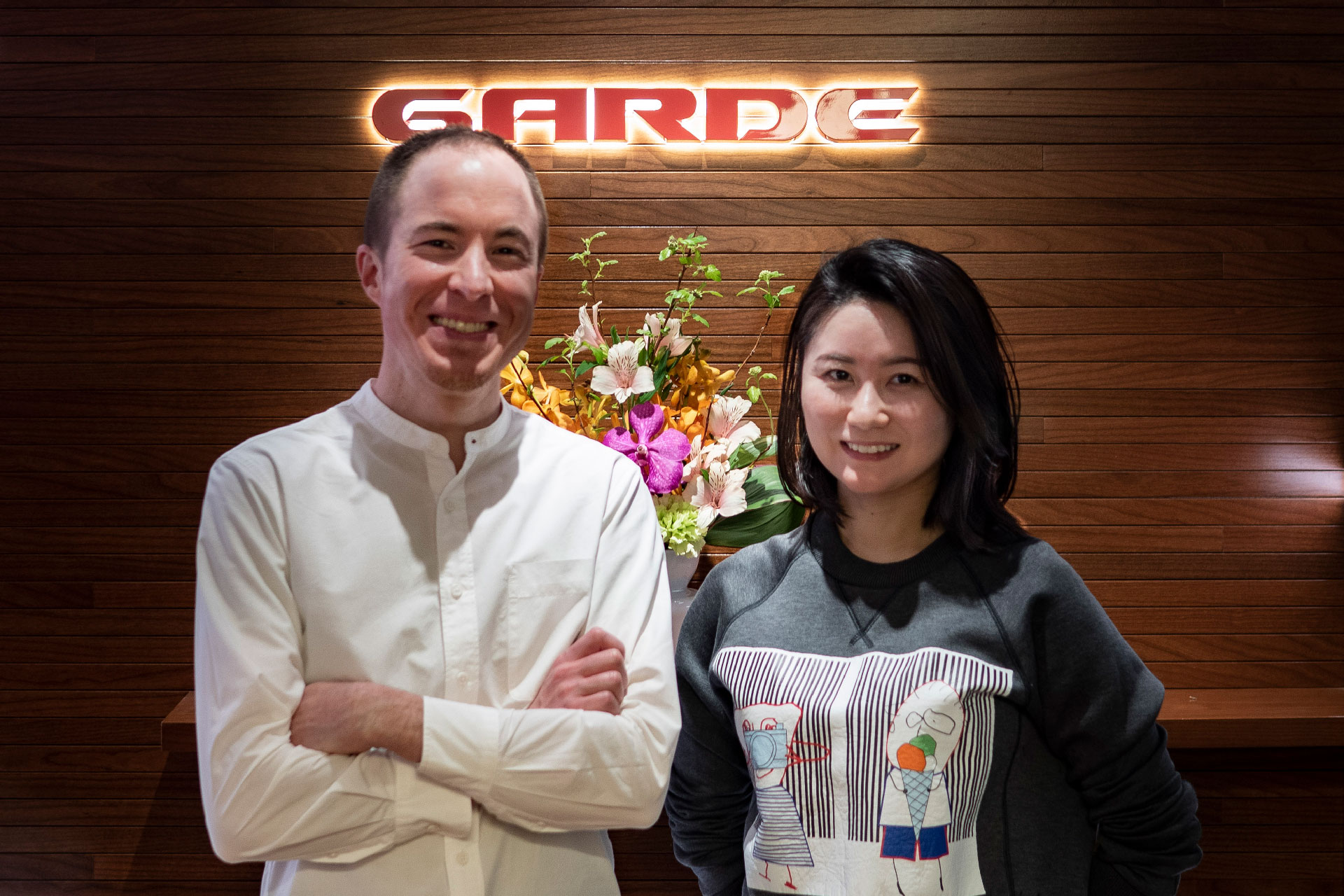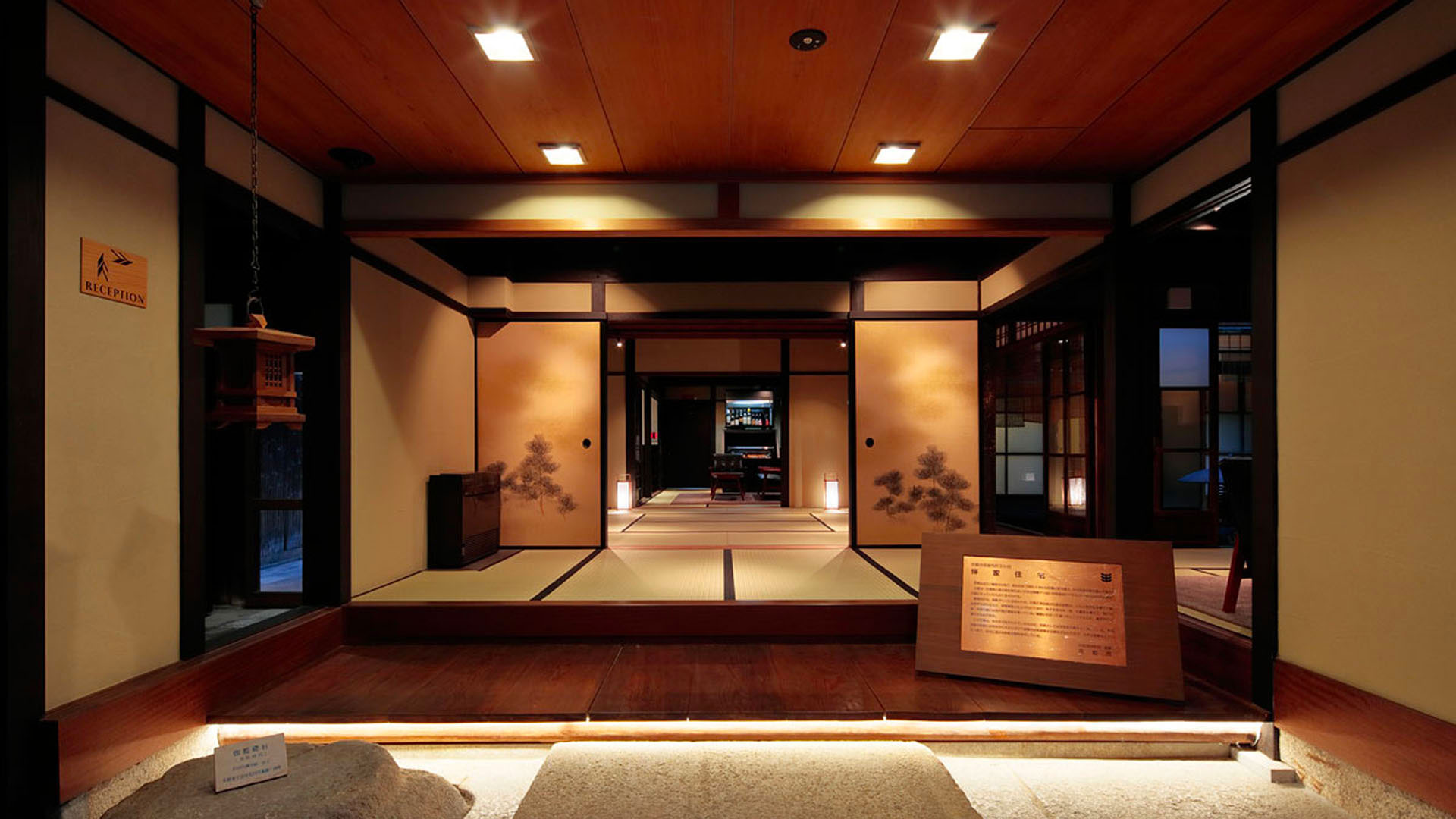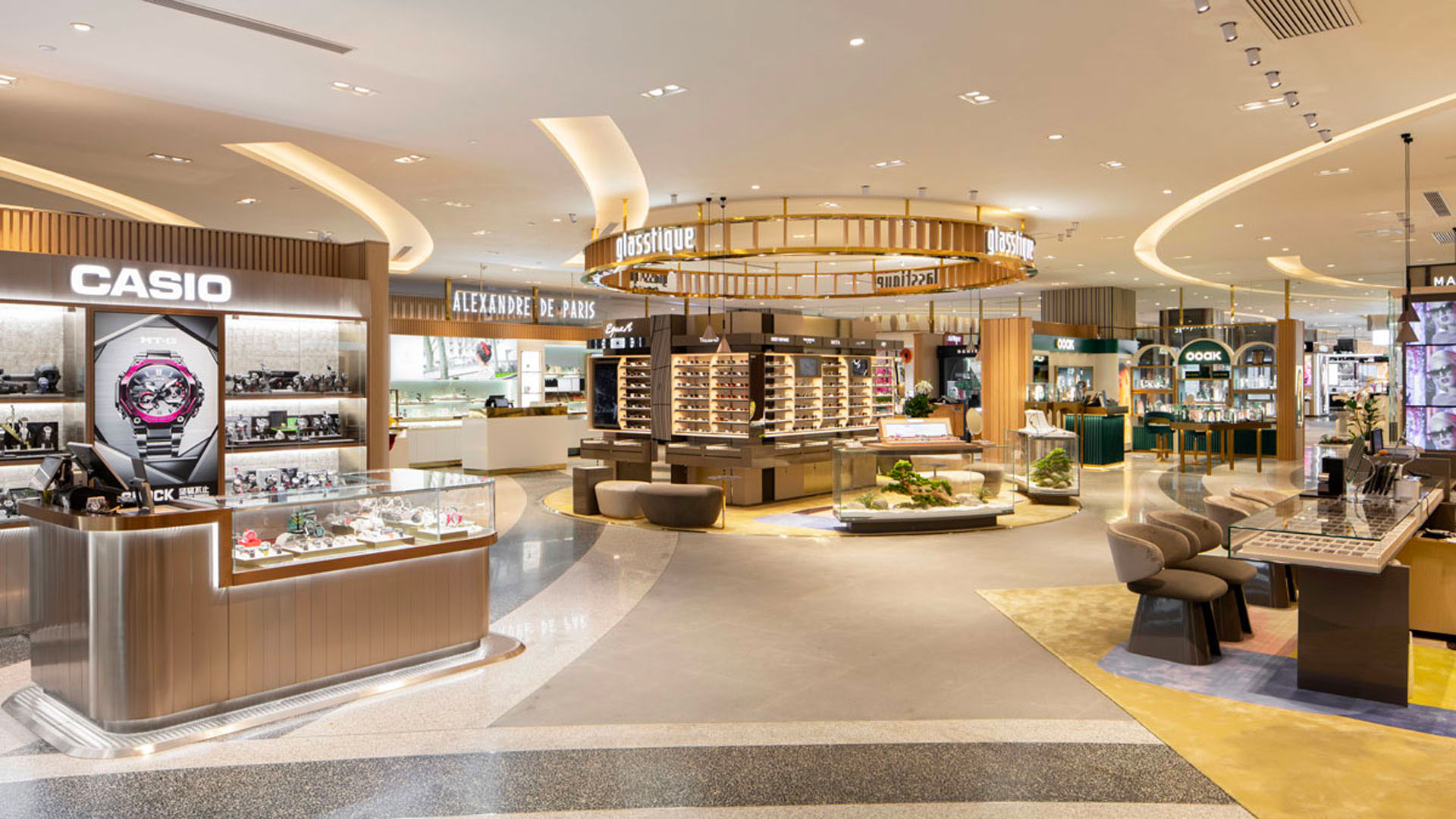Interview With Reiko Kimura From Japan

Meet the FINIS Smart Goggle – Virtual Coach for All Swimmers
August 22, 2022
The Union Church Lights Up With A Stunning Orchestra
August 23, 2022
Reiko Kimura | MUSE Design Awards
Reiko Kimura
Reiko Kimura is an exemplary designer with many of her designs in GARDE put on display at home and in China!
Interview with the 2022 MUSE Design Awards Winner - Reiko Kimura
I started as a quantity surveyor in a small firm in the Tuscan countryside, before graduating as an Architect at the University of Florence. After that I moved to Japan, a country that always intrigued me for its peculiar contrasts between new and old, tradition and technology, and that represented to me the opportunity to work for my actual design firm, GARDE.
During middle school, we were tasked to draw a piece of furniture, and that experience made me understand that the design exercise that lets imagination become reality is a powerful tool I didn't want to deprive myself of.
I worked as a designer from the beginning, starting from department store public spaces and F&B, moving on to residential and hospitality design, and lately, I've been focusing on office spaces. I take part in all the phases of the project, from the interviews with the users to the conceptual phase, drawing production, presentations to the client, and construction/VE coordination, site supervision.
I always try to develop and tackle projects on different scales and with different complexities.
Each project is a mission to be completed with the utmost professionalism and innovation by exploring new concepts, materials and technologies.
My team is made up of young designers of various nationalities which allows me to extend and improve my projects.
Design is a tool to make the world a more interesting place.
Minimalist and sleek design. I come from architecture and I believe in the "form follows function" principle.
A durable design that never gets old is what we should aim for.
It is made to match the client's needs, and usually, I draw inspiration from the environment and the history of a certain place.
I draw inspiration from the environment and the history of a certain place and try to reimagine it under a new key that's unique.
The classic proportions and symmetry principles are a characteristic of Italian/European architecture that I always try to bring with me.
It is a powerful achievement that makes me proud of the work done and urges me to do even better to keep the level high.
The project is a hotel that implements and valorizes the existence of a valuable piece of history in Kyoto, represented by a typical Machiya townhouse from more than 100 years ago. I thought that the uniqueness of this mix between traditional and new is what Japan represents to me indeed, that's why I decided to enter this project.
We strived to achieve a design that could mix well with the traditional architecture of the Machiya and at the same time impress the visitor with its elegant modernity.
Actually, it is the first time...but what I can say is that it's a big motivation to always do better and produce designs that will last long.
The power of making your fantasies come true, the moral obligation of knowing societal issues that is necessary to make a good design, and knowing that your work has a terrific impact on people's lives.
I come from Italy and we are well known in many design fields, from fashion to industrial design and architecture, I think that being right in the middle of the Mediterranean Sea and having been influenced by many cultures, from the Latins to the Greeks and Middle Eastern countries has always provided us a great environment to trigger new ideas.
Hopefully, to a more sustainable way of designing, that considers the durability of designs and avoids green washing strategies.
Don't do design to get awards or recognition, do design to improve spaces and environments, and awards will come as a "collateral effect".
Keep up to date with recent works without forgetting classic designs and architectures, and draw inspiration from experienced designers, try to understand the functions and proportions of their designs in order to develop your own design language.
My family has always inspired me, and always encouraged to do what I was pursuing.
Dedication, not giving up is key.
Winning Entries
CANDEO HOTELS KYOTO KARASUMA ROKKAKU | 2022
The most distinctive feature of the Candeo Hotels Kyoto Karasuma Rokkaku is that it is a designed around of the former Banke Residence, a valuable traditional townhouse that is a registered tangible cultural property of Kyoto City. In the city of Kyoto, where many buildings of high traditional value remain, the…
(read more at MUSE Design Awards)
Ningbo Hankyu | 2022
Ningbo City in Zhejiang Province has one of the strongest economies in the country, with a rapidly growing affluent and upper-middle class population, and high potential for future economic development. With the store concept of "China's first experiential ‘department mall’ that combines the strengths of a…
(read more at MUSE Design Awards)
Beijin Xidan JoyCity 2F Jewelry Theme Zone | 2022
GARDE was in charge of the interior design of the jewelry theme zone on the second floor of Xidan Joycity in Beijing, China. GARDE has designed a brand editorial theme zone that concentrates jewelry brands that mainly target young people in one corner of the facility.Instead of a classical space with a sense of…
(read more at MUSE Design Awards)
Reiko Kimura
Reiko Kimura is an exemplary designer with many of her designs in GARDE put on display at home and in China!
Read our exclusive interview on Irene from Hong Kong and take a look at her process of great design!



